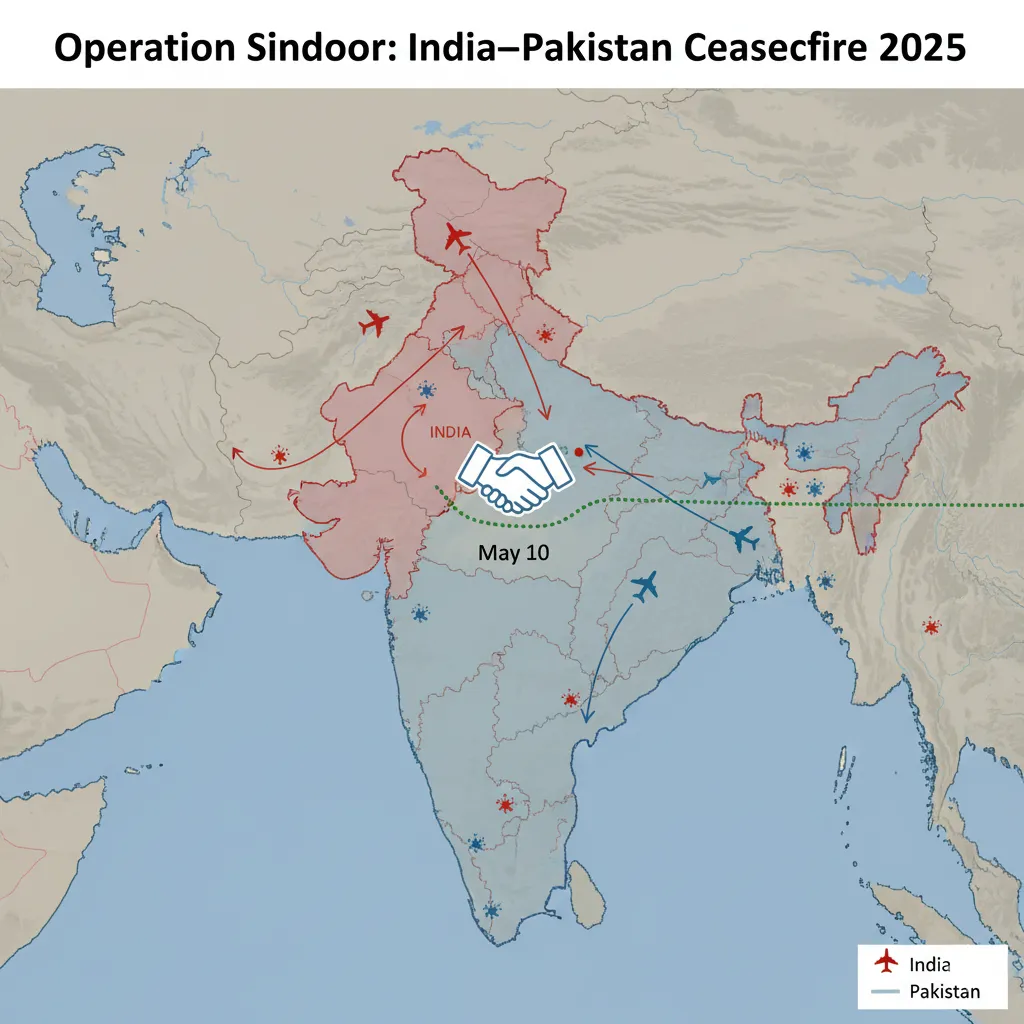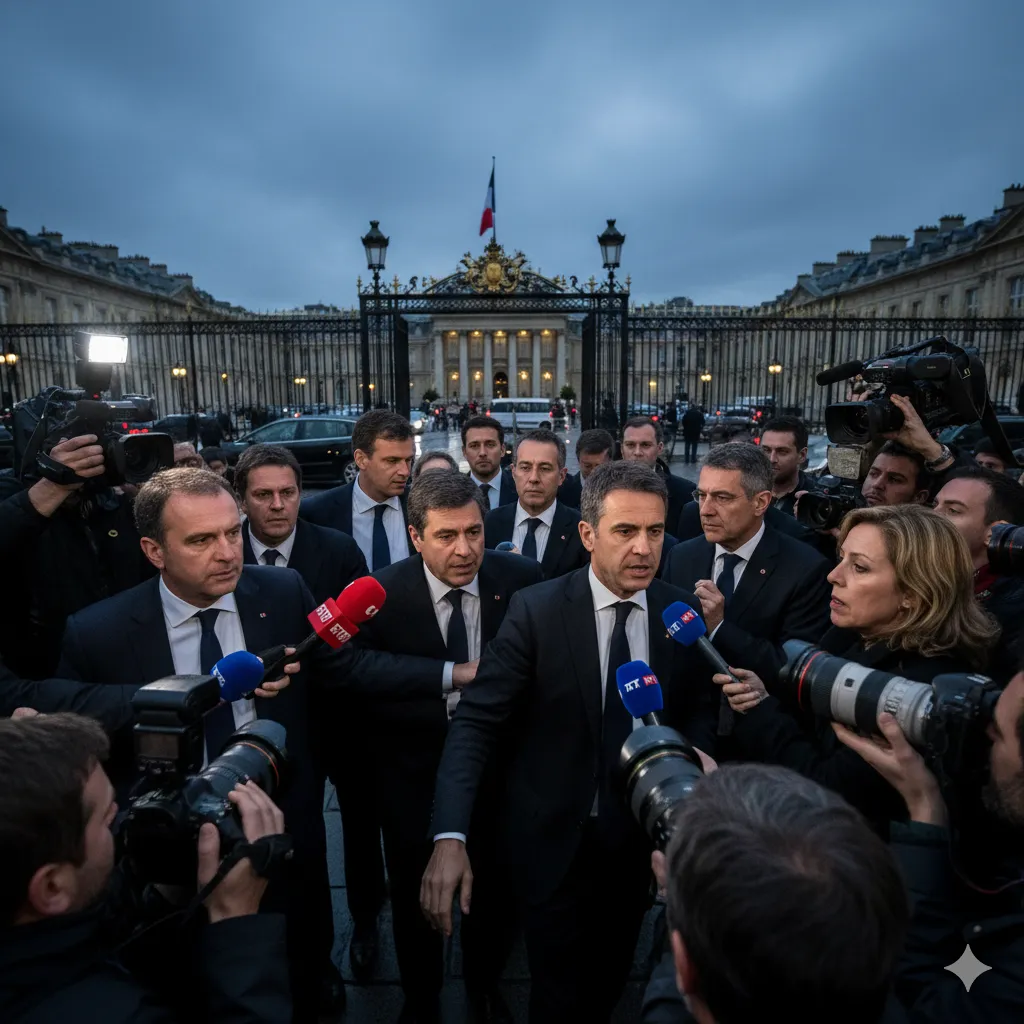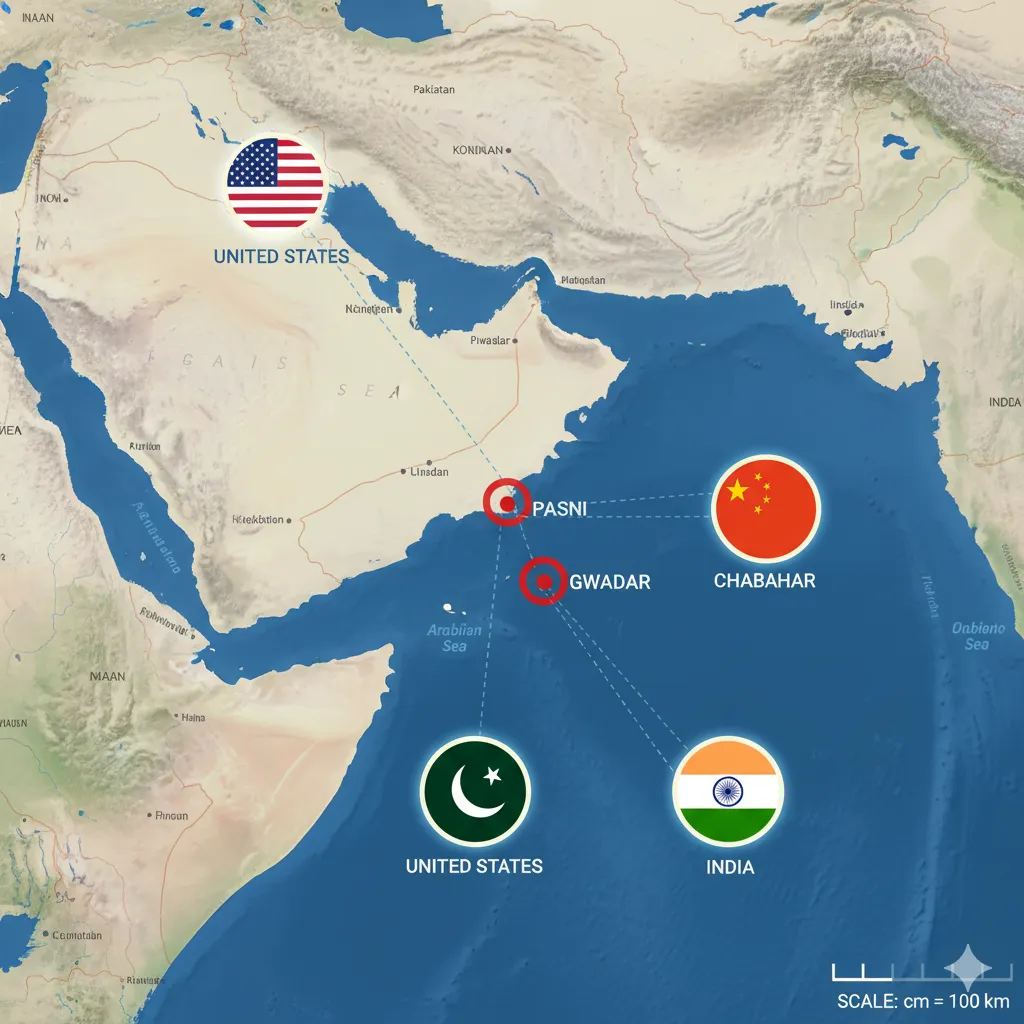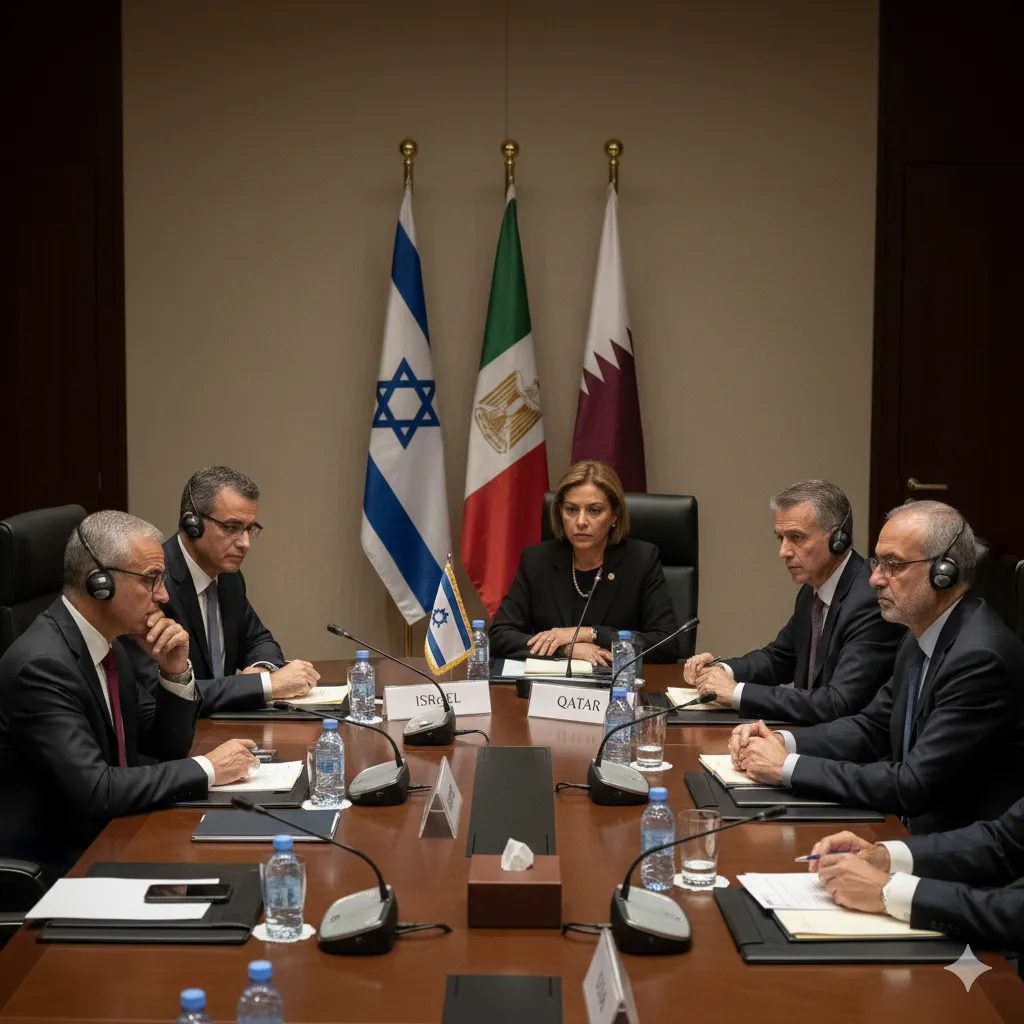U.S. President Donald Trump has claimed that his administration’s threat of trade tariffs stopped a war between India and Pakistan earlier this year. Speaking at a White House event on October 6, Trump said his warning to both countries brought an end to “a serious conflict” that had already seen “seven planes shot down.”
“Tariffs are very important for the United States. We are a peacekeeper because of tariffs… I use tariffs to stop wars. They stopped, and that was based on tariffs,” Trump said.
The comments, made during an economic policy briefing, mark the third time this year Trump has taken credit for de-escalating the India–Pakistan confrontation that followed India’s “Operation Sindoor” in April.
Background: Operation Sindoor and the 2025 Air Clash
In April 2025, a deadly terror attack in Indian-administered Kashmir killed over 40 security personnel. India responded with Operation Sindoor, a series of airstrikes on alleged militant bases inside Pakistan’s territory.
Pakistan retaliated with air intercepts, triggering four days of cross-border aerial skirmishes — the most serious military exchange between the two nuclear-armed nations since 2003.
The standoff ended on May 10, 2025, after military-to-military talks between the Directors General of Military Operations (DGMOs) of both sides. No foreign mediation was acknowledged at the time.
India and Pakistan Deny U.S. Role
India’s Ministry of External Affairs swiftly rebutted Trump’s latest comments, calling them “entirely inaccurate and unfounded.”
“At no point was any foreign leader involved. The ceasefire was achieved through DGMO-to-DGMO talks,” said a ministry spokesperson.
Pakistan’s military offered a more measured response, saying it “welcomes any encouragement for peace” but stopped short of crediting Trump’s intervention.
Reactions and Expert Analysis
In New Delhi
Foreign Secretary Vikram Misri dismissed Trump’s remarks as “misleading,” reiterating India’s long-standing policy against third-party mediation in regional conflicts.
In Islamabad
Some political commentators suggested Trump’s trade threats may have indirectly influenced Pakistan’s leadership, but officials declined to confirm any role by Washington.
Analysts Weigh In
Strategic expert Michael Kugelman of the Asia Pacific Foundation warned that Trump’s repeated claims risk straining U.S.–India relations, especially as Washington seeks deeper defense and technology ties with New Delhi to counter China.
“For India, sovereignty over security decisions is non-negotiable. These statements, even if rhetorical, complicate a strategic partnership built on trust,” Kugelman said.
The Bigger Picture: Tariffs as a Foreign Policy Tool
Trump’s framing of tariffs as a peacekeeping instrument fits into his broader worldview — using economic leverage to pursue geopolitical goals.
Analysts say it reflects a shift from military-led diplomacy toward economic coercion as a primary tool of U.S. influence.
However, India’s firm rejection of outside mediation highlights the limits of tariff diplomacy, especially in a region where sovereignty and self-determination are deeply sensitive issues.
Implications
- Political: Trump’s remarks could revive tensions in U.S.–India diplomatic channels, just as the two nations negotiate new trade terms.
- Economic: Linking tariff relief to regional peace introduces uncertainty into ongoing trade talks.
- Security: The U.S. reasserts itself as a mediator by influence, even without formal involvement.
Global Context:
The episode underscores how the U.S.–China–India–Pakistan strategic triangle continues to evolve. Trump’s use of trade as diplomacy contrasts with China’s economic statecraft through the Belt and Road Initiative (BRI).
For India, maintaining sovereign control over conflict resolution remains key — even as it deepens cooperation with Washington on defense and technology fronts.
1. What exactly did Donald Trump claim?
At a White House event on October 6, 2025, President Donald Trump claimed that his threat to impose U.S. trade tariffs forced India and Pakistan to halt military hostilities earlier this year. He said, “I called them both… I stopped the war with tariffs.”
2. When did the India–Pakistan conflict occur?
The conflict took place in late April and early May 2025, following a terror attack in Indian-administered Kashmir on April 22. India launched Operation Sindoor, striking alleged militant bases in Pakistan, which led to four days of aerial clashes between the two countries.
3. How did the conflict actually end?
Both sides agreed to a ceasefire on May 10, 2025, after DGMO-to-DGMO military talks — a direct communication mechanism between India and Pakistan’s military leadership. Neither side acknowledged any U.S. involvement.
4. What is India’s official position on Trump’s claim?
India’s Ministry of External Affairs rejected Trump’s statement, calling it “entirely inaccurate.” India maintains that no third-party mediation took place, consistent with its policy of bilateral conflict resolution with Pakistan.
5. Did Pakistan confirm Trump’s involvement?
No. Pakistan’s military welcomed any “encouragement for peace” but did not endorse or confirm Trump’s version of events. Most Pakistani officials credited the ceasefire to mutual military coordination.
6. Were “seven planes shot down” as Trump said?
No verified sources or official records support Trump’s claim. Independent reports from both India and Pakistan mention limited aerial losses, but nowhere near the number cited by Trump.
7. Why does Trump link tariffs to peacekeeping?
Trump frequently presents economic leverage — particularly tariffs — as a foreign policy tool. His claim reflects a belief that the threat of trade penalties can deter nations from military escalation.
8. Why is India sensitive about foreign mediation?
India has consistently opposed any third-party involvement in its disputes with Pakistan, especially regarding Kashmir. It views such attempts as challenges to its sovereignty and territorial integrity.







Leave a Reply